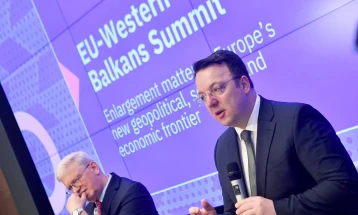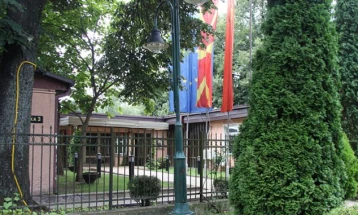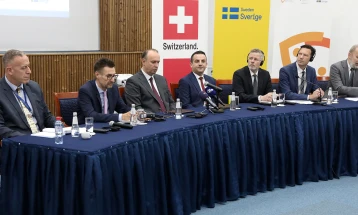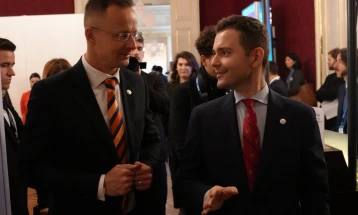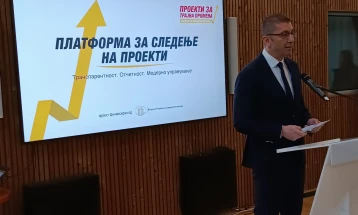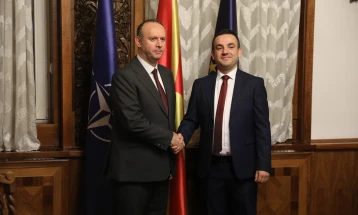Gov’t: Faster flow of passengers at Tabanovce and new green corridors as part of Open Balkan
- Post By Ivan Kolekevski
- 13:55, 18 July, 2022
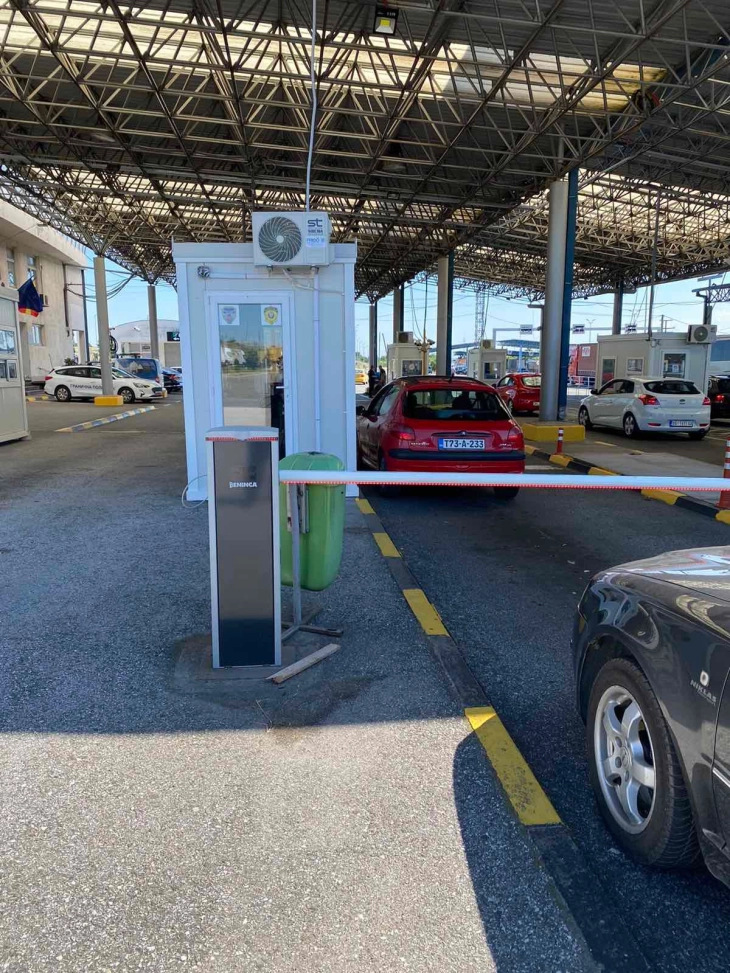
Skopje, 18 July 2022 (MIA) – Additional infrastructure and rehabilitation activities at the Tabanovce–Preshevo border crossing have been completed in accordance with the agreement on the implementation of joint border crossings – One Stop Shop control of passengers and goods with Serbia, which was established in September 2019, the Government said on Monday.
New booths have been placed for border police and customs officials from both countries, new ramps and the auxiliary premises used by the Serbian colleagues have been renovated. In addition, the necessary network and telecommunication infrastructure has been installed for the smooth running of the process.
Besides improving work conditions, the speed of operations is also improved through the reconstruction and the newly installed booths and ramps, especially when it comes to the examination of passports, because the new setup of the booths (both for passenger and cargo vehicles) is such that it allows simultaneous work of the police officials from both countries, therefore speeding up the flow of passengers and cargo vehicles, which is especially important in the summer period, during the tourist season, said the press release.
Additionally, it adds, green (priority) lane signs were placed at the Tabanovce and Kjafasan border crossings in March 2022 for all importers, exporters, transporters and other participants in the customs procedure of the three Open Balkan countries, as well as the economic operators who possess Authorized Economic Operator (AEO) authorization and Green Corridor goods. Such signs have also been placed by Serbia and Albania at the Preshevo and Kjaftane border crossings.
Five passenger lanes, two lanes for freight vehicles and one for buses are currently operational at Tabanovce. With the aim of further improving the conditions for a faster flow of passengers at Tabanovce, where border and customs inspections are done when exiting Serbia and entering North Macedonia, the Customs Administration is working on the adaptation of two more lanes for the entrance of passenger vehicles, which would further speed up the flow, said the Government.
Additionally, in order to speed up operations at the border, the Customs Administration is considering the possibilities for the Pelince border crossing, now used only for passenger vehicles, to be promoted as an alternative crossing for passengers primarily from North Macedonia and Serbia, which would be in accordance with the Open Balkan initiative and the recommended implementation of the one stop shop concept.
The green corridors for sensitive goods are successfully operating in the region with the CEFTA countries. In North Macedonia, they are used at the Tabanovce, Blace and Kjafasan border crossing and offer priority passage for food products – meat, vegetables, medical equipment and medication,.
Taking into account the positive experiences in the implementation of Green Corridors within CEFTA, activities are being undertaken for their implementation at the borders with the neighbouring EU member states.
“Because of this, on July 7, 2022, as part of the Connectivity Forum in Thessaloniki, the director of the Customs Administration of North Macedonia and the Governor of the Independent Authority for Public Revenue of Greece, signed a Memorandum of Understanding on Electronic Data Exchange, which will allow the implementation of Green Corridors for goods leaving towards Greece, as well as the electronic exchange of datasets, before arrival, through the CEFTA – SEED system. The coverage of the Memorandum may be expanded in the next six months, in order to exchange data for goods entering North Macedonia. This makes the Bogorodica – Evzoni border crossing the first example of an implemented Green Corridor with an EU member state,” said the Government.
The Forum was attended by high representatives of eleven countries from the region (Western Balkans and EU), by the ministries of foreign affairs and transport and communications, customs directors, as well as representatives of the European Commission, CEFTA and the Transport Community. ad/ik/
